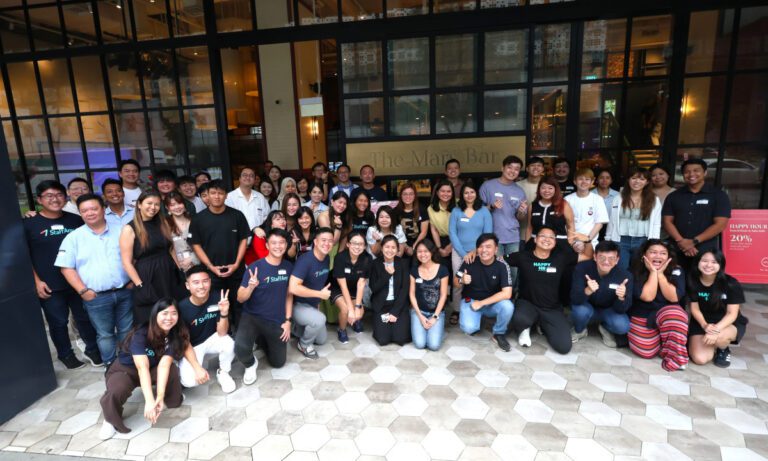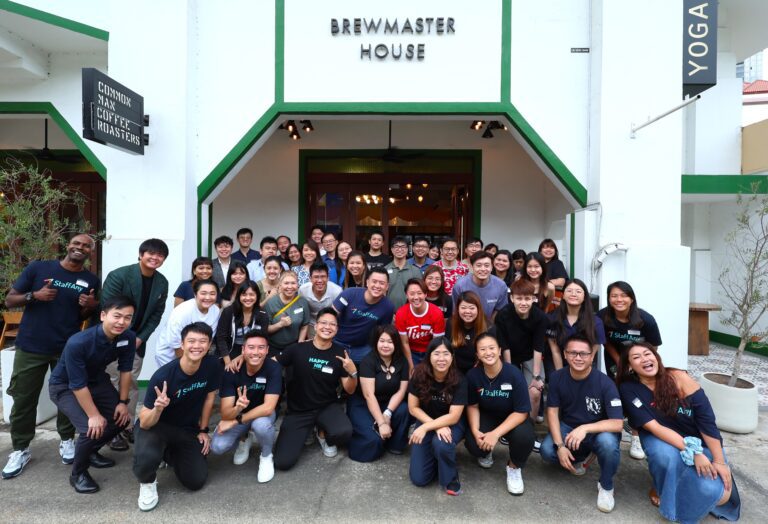Maintaining optimal productivity is crucial for sustainable growth in the fast-paced and competitive landscape of the business world. The phenomenon of decreased productivity can have far-reaching consequences that impact not only the bottom line but also the overall health of an organisation. In this article, we delve into the various aspects of decreased productivity, from its definition and common causes to effective strategies for overcoming it. By understanding and addressing this issue, businesses can pave the way for enhanced efficiency and success. Let’s get started!
What is Decreased Productivity?

At its core, decreased productivity refers to a decline in the efficiency and output of work within an organisation. It occurs when employees need to produce the expected output level for the time and resources invested.
This phenomenon can manifest in various forms, such as missed deadlines, incomplete tasks, and a general sense of inefficiency. The effects of decreased productivity ripple through every business level, leading to missed opportunities, strained resources, and, ultimately, hindered growth.
Most Common Causes of Decreased Productivity
Decreased productivity can emerge from several factors that interplay to create an environment where efficiency falters. To understand and combat this issue, it’s crucial to delve deeper into each of the common causes.
1. Inadequate Task Management
Effective task management is the backbone of productivity. When tasks are not clearly defined, assigned, and prioritised, employees might be overwhelmed and unsure where to allocate their time and effort.
This can lead to duplicated work, missed deadlines, and a general sense of chaos. Implementing robust task management systems, setting clear expectations, and regularly reviewing progress can help mitigate this issue.
2. Insufficient Employee Training
Employees need the right skills to perform their roles effectively. When they lack proper training, tasks take longer, mistakes become more frequent, and frustration can set in. Adequate training and ongoing skill development ensure employees can handle their responsibilities competently.
By investing in training programmes, businesses empower their workforce to contribute optimally and stay up-to-date with industry trends.
3. Communication Breakdowns
Smooth communication is the lifeblood of any organisation. When communication gaps arise, misunderstandings arise, information gets lost in translation, and collaborative efforts suffer. This can result in efficient workflows and timely projects.
Establishing clear communication channels, regular check-ins, and encouraging an open-door policy can foster an environment where information flows seamlessly, preventing productivity-hindering bottlenecks.
4. Workplace Distractions
An environment filled with distractions can derail even the most focused employee. Distractions from noisy surroundings, constant interruptions, or digital devices divert attention away from the tasks at hand.
Such distractions fragment concentration and prolong the time it takes to complete tasks. Designing a workspace that minimises distractions, incorporating quiet zones, and promoting guidelines for respectful interruption can enhance concentration and productivity.
5. Lack of Motivation
Motivated employees are more likely to invest themselves fully in their work. However, productivity takes a hit when motivation wanes due to factors like unclear goals, limited growth prospects, or a lack of recognition. Employees might go through the motions without feeling genuinely engaged in their tasks.
Businesses can counter this by setting clear performance goals, providing opportunities for skill development and advancement, and implementing recognition programs that acknowledge and celebrate employees’ efforts.
10 Strategies for Overcoming Low Productivity at Work
Overcoming decreased productivity requires a multi-faceted approach that addresses various factors contributing to the issue. Here, we delve deeper into each strategy to provide a comprehensive understanding of how they can effectively counteract decreased productivity.
1. Goal Setting and Prioritisation
Setting clear goals provides employees with a sense of direction and purpose. It’s essential to break down larger objectives into smaller, achievable tasks. Prioritising tasks ensures that employees focus on the most impactful activities, avoiding the scatter of efforts from juggling multiple tasks without a clear hierarchy.
2. Regular Breaks
While it may seem counterintuitive, regular breaks are essential for sustaining productivity. Short breaks allow employees to recharge, preventing mental fatigue and burnout. Encouraging breaks also fosters a culture that values well-being and mental health, leading to higher morale and better overall performance.
3. Training and Skill Development
Investing in training and skill development benefits both employees and the organisation. Offering opportunities for learning and growth demonstrates a commitment to employees’ professional advancement. Skilled employees are more confident and efficient in their roles, leading to higher quality work and improved productivity.
Read more: 11 Ways to Boost Employee Morale
4. Effective Communication
Communication underpins successful teamwork and project execution. Clear communication ensures that everyone understands their roles, tasks, and expectations. Regular communication channels, whether through team meetings or digital platforms, prevent misunderstandings and keep the entire team aligned, reducing unnecessary errors and delays.
5. Flexible Work Arrangements
Flexibility in work arrangements acknowledges that productivity isn’t solely tied to fixed schedules. Allowing employees to choose their work hours or remotely when suitable promotes a healthier work-life balance. This approach recognises that individuals have different peak productivity times, improving focus and efficiency.
6. Incentive Programs
Incentive programs create a motivating environment where employees are recognised and rewarded for their hard work. Tangible rewards like bonuses, promotions, or even non-monetary recognition boost morale and encourage consistent high performance. This fosters a culture of healthy competition and dedication to tasks, resulting in increased productivity.
7. Efficient Use of Technology
Leveraging technology streamlines tasks and reduces manual effort. Project management tools centralise project details, track progress, and facilitate collaboration. Communication platforms ensure rapid information exchange. Automating repetitive tasks eliminates errors and frees up time for more strategic work.
8. Well-Designed Workspaces
A thoughtfully designed workspace has a profound impact on productivity. Ergonomic furniture and proper lighting contribute to physical comfort, reducing fatigue and discomfort that can hinder productivity. An organised workspace minimises distractions and supports focused work, enhancing efficiency.
9. Delegation of Tasks
Effective delegation ensures that tasks are assigned to individuals with the most relevant skills. Distributing responsibilities prevents one person from becoming overwhelmed while others are underutilised. This balance optimises productivity by ensuring each task is completed efficiently by the best-suited team member.
Read more: 10 Best Tips for Managing Restaurant Staff
10. StaffAny’s Staff Timesheet Software: The Ultimate Productivity Solution
StaffAny’s staff timesheet software offers a holistic solution to productivity challenges. At the heart of StaffAny’s software lies the ability to provide real-time insights into employee activities and attendance.
This feature grants businesses a dynamic view of their workforce’s performance, allowing for immediate identification of trends and productivity gaps. With this information, management can make informed decisions and implement targeted strategies to maximise efficiency.
Staff empowerment is a cornerstone of StaffAny’s philosophy, and the software’s transparency feature embodies this principle. Employees gain access to their work history through online timesheets, enabling them to track their progress and contributions.
This transparency fosters a sense of accountability and engagement, driving higher levels of individual and collective productivity. Contact us to learn how StaffAny can help improve your business productivity!













